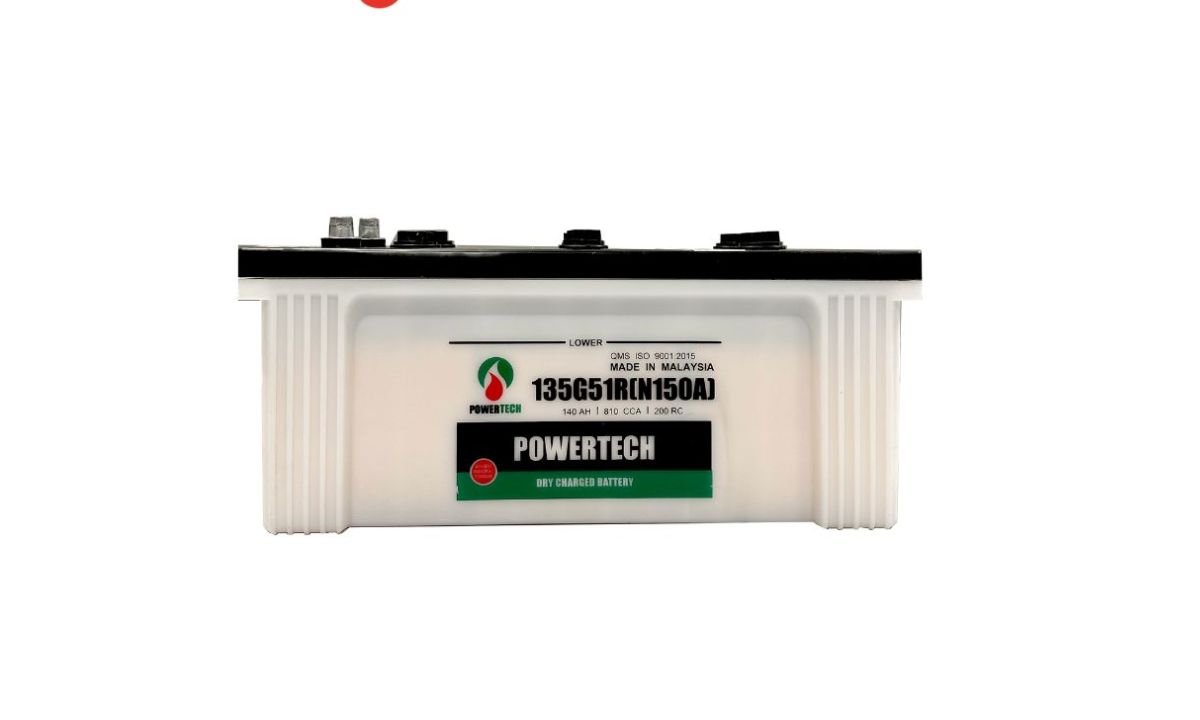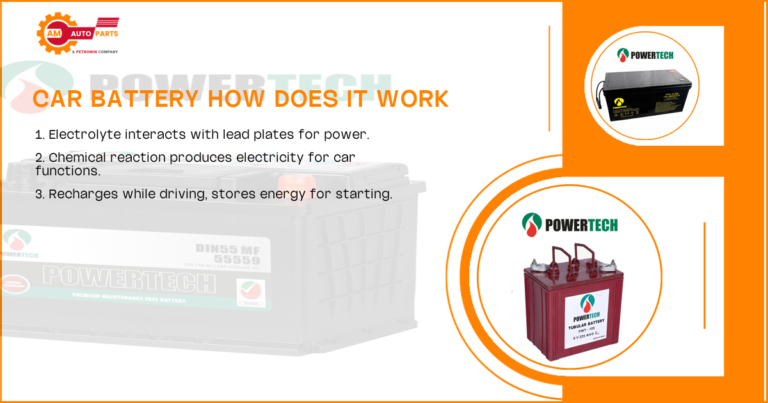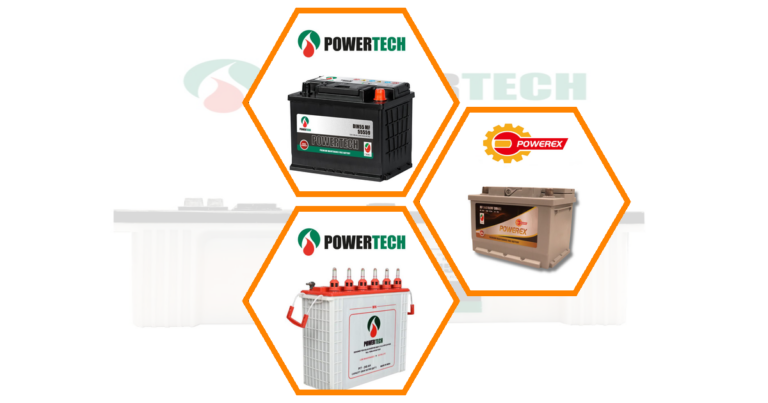Electric buses are revolutionizing public transportation, offering a cleaner and more sustainable alternative to traditional diesel-powered buses. However, one of the challenges faced by electric buses is managing battery temperature to prevent overheating and ensure optimal performance. In this article, we will explore various aspects of bus battery overheating, cooling systems, and bus performance, providing valuable insights for improving efficiency.
Electric School Bus Battery Range and Route Coverage
Average Route Length vs. Nameplate Ranges
Electric school buses are designed to cover specific route lengths, but their actual range can vary based on several factors. The nameplate range, which is the manufacturer’s estimated range, often differs from real-world performance. Factors such as terrain, driving habits, and weather conditions can impact the actual distance a bus can travel on a single charge.
- Terrain: Hilly or mountainous routes can reduce range due to increased energy consumption.
- Driving Habits: Frequent stops and starts can affect battery efficiency.
- Weather Conditions: Extreme temperatures can impact battery performance.
Performance in Various Climates and Geographic Conditions
Electric buses must perform efficiently in diverse climates and geographic conditions. Cold weather can reduce battery efficiency, while hot climates can lead to overheating. Proper thermal management is crucial to ensure that buses operate effectively regardless of the environment.
- Cold Climates: Reduced battery efficiency and increased energy consumption for heating.
- Hot Climates: Risk of battery overheating and reduced lifespan.
- Geographic Conditions: Varying terrain can impact energy usage and range.
Battery Thermal Management Systems for Electric Buses
Types of Cooling Systems
Battery thermal management systems are essential for maintaining optimal battery temperature. There are several types of cooling systems used in electric buses, each with its own advantages and disadvantages.
- Air Cooling: Uses ambient air to dissipate heat, suitable for mild climates.
- Liquid Cooling: Circulates coolant to absorb and transfer heat, effective in extreme temperatures.
- Phase Change Materials (PCM): Absorb heat during phase transition, providing passive cooling.
Key Components and Their Functions
Understanding the key components of battery cooling systems helps in optimizing their performance. Each component plays a vital role in maintaining the battery’s temperature within safe limits.
- Heat Exchangers: Transfer heat from the battery to the coolant.
- Pumps: Circulate coolant throughout the system.
- Fans: Enhance air circulation for air-cooled systems.
Preventing Battery Overheating in Electric Buses

Importance of Temperature Control
Temperature control is critical for preventing battery overheating and ensuring the longevity of electric bus batteries. Overheating can lead to reduced battery life and even safety hazards. Implementing effective cooling systems is essential for maintaining optimal temperature.
- Battery Longevity: Proper temperature control extends battery life.
- Safety: Prevents thermal runaway and potential fire hazards.
- Performance: Ensures consistent performance across different conditions.
Cooling System Efficiency
The efficiency of cooling systems directly impacts the overall performance of electric buses. Efficient systems minimize energy consumption while effectively managing battery temperature.
- Energy Consumption: Efficient systems reduce the energy required for cooling.
- Cost-Effectiveness: Lower energy usage translates to cost savings.
- Reliability: Consistent cooling performance enhances reliability.
Impact of Cooling Systems on Bus Performance

Range Optimization
Cooling systems play a crucial role in optimizing the range of electric buses. By maintaining optimal battery temperature, these systems ensure that buses can travel longer distances on a single charge.
- Extended Range: Proper cooling maximizes battery efficiency.
- Consistent Performance: Ensures reliable range across different conditions.
- Reduced Downtime: Minimizes the need for frequent recharging.
Battery Longevity
Effective cooling systems contribute to the longevity of electric bus batteries. By preventing overheating, these systems reduce wear and tear, extending the battery’s lifespan.
- Reduced Degradation: Minimizes thermal stress on battery cells.
- Longer Lifespan: Extends the usable life of the battery.
- Cost Savings: Reduces the need for frequent battery replacements.
Expansion Tanks in EV Battery Chillers
Purpose and Functionality
Expansion tanks are integral to EV battery chillers, providing space for coolant expansion and contraction. They help maintain system pressure and prevent leaks, ensuring efficient cooling performance.
- Pressure Regulation: Maintains consistent system pressure.
- Leak Prevention: Reduces the risk of coolant leaks.
- System Stability: Ensures stable cooling performance.
Integration with Cooling Systems
Expansion tanks are seamlessly integrated into cooling systems, enhancing their overall efficiency. They work in conjunction with other components to provide reliable temperature control.
- Compatibility: Designed to work with various cooling system types.
- Efficiency: Enhances the overall efficiency of the cooling system.
- Reliability: Contributes to consistent cooling performance.
Self-Exhaust Systems for Battery Cooling
Working Principle
Self-exhaust systems use the natural flow of air to cool batteries, reducing the need for additional energy consumption. These systems are particularly effective in mild climates where ambient air can provide sufficient cooling.
- Energy Efficiency: Reduces energy consumption for cooling.
- Simplicity: Minimal components required for operation.
- Cost-Effectiveness: Lower operational costs compared to active systems.
Advantages Over Traditional Cooling Methods
Self-exhaust systems offer several advantages over traditional cooling methods, making them an attractive option for certain applications.
- Lower Energy Usage: Reduces the energy required for cooling.
- Reduced Complexity: Fewer components mean lower maintenance needs.
- Environmental Benefits: Decreases the carbon footprint of cooling operations.
PTC Heating in Battery Thermal Management
Role in Maintaining Optimal Temperature
PTC (Positive Temperature Coefficient) heating elements play a vital role in maintaining optimal battery temperature, especially in cold climates. They provide supplemental heat to ensure the battery operates efficiently.
- Temperature Regulation: Provides consistent heating in cold conditions.
- Energy Efficiency: Consumes minimal energy for heating.
- Reliability: Ensures reliable performance in varying temperatures.
Energy Efficiency Considerations
PTC heating elements are designed to be energy-efficient, minimizing the impact on overall energy consumption. They provide targeted heating, reducing unnecessary energy usage.
- Targeted Heating: Focuses energy where it’s needed most.
- Minimal Energy Use: Reduces overall energy consumption.
- Cost Savings: Lowers operational costs through efficient heating.
Cooling System Applications in Various Electric Vehicles
Buses vs. Trucks vs. Passenger Cars
Cooling systems are used in various electric vehicles, each with unique requirements. Buses, trucks, and passenger cars have different cooling needs based on their size and usage.
- Buses: Require robust cooling systems for large battery packs.
- Trucks: Need efficient cooling for heavy-duty applications.
- Passenger Cars: Smaller systems for compact battery packs.
Scalability of Cooling Solutions
Cooling solutions must be scalable to accommodate different vehicle types and sizes. This scalability ensures that each vehicle receives the appropriate level of cooling.
- Adaptability: Systems can be tailored to specific vehicle needs.
- Efficiency: Ensures optimal performance across vehicle types.
- Cost-Effectiveness: Scalable solutions reduce overall costs.
Future Developments in Electric Bus Battery Cooling
Emerging Technologies
The future of electric bus battery cooling lies in emerging technologies that promise improved efficiency and performance. Innovations such as advanced materials and smart cooling systems are on the horizon.
- Advanced Materials: New materials offer better heat dissipation.
- Smart Cooling Systems: Use sensors and AI for precise temperature control.
- Improved Efficiency: Enhances overall cooling performance.
Potential Improvements in Efficiency
Future developments aim to improve the efficiency of battery cooling systems, reducing energy consumption and enhancing performance.
- Energy Savings: Lower energy usage for cooling operations.
- Enhanced Performance: Better temperature control for improved range.
- Sustainability: Reduces environmental impact through efficient cooling.
Maintenance and Servicing of Bus Battery Cooling Systems
Regular Checks and Procedures
Regular maintenance is essential for ensuring the optimal performance of bus battery cooling systems. Routine checks and procedures help identify potential issues before they become major problems.
- Routine Inspections: Regularly check system components for wear and tear.
- Preventive Maintenance: Address minor issues before they escalate.
- System Calibration: Ensure components are functioning correctly.
Troubleshooting Common Issues
Understanding common issues and their solutions is crucial for maintaining cooling system performance. Troubleshooting helps identify and resolve problems quickly.
- Leak Detection: Identify and repair coolant leaks promptly.
- Component Failure: Replace faulty components to restore performance.
- System Blockages: Clear any obstructions in the cooling system.
Environmental Impact of Efficient Battery Cooling Systems
Reduced Energy Consumption
Efficient battery cooling systems contribute to reduced energy consumption, lowering the overall environmental impact of electric buses. By minimizing energy usage, these systems help decrease the carbon footprint of public transportation.
- Lower Carbon Emissions: Reduced energy use leads to fewer emissions.
- Sustainable Operations: Supports environmentally friendly transportation.
- Energy Efficiency: Contributes to overall energy savings.
Extended Battery Life and Sustainability
Efficient cooling systems extend battery life, promoting sustainability by reducing the need for frequent replacements. This longevity supports the long-term viability of electric buses.
- Reduced Waste: Fewer battery replacements mean less waste.
- Sustainable Practices: Supports eco-friendly transportation solutions.
- Cost Savings: Longer battery life reduces operational costs.
By understanding and implementing effective cooling systems, electric bus operators can prevent battery overheating, improve efficiency, and contribute to a more sustainable future.
FAQs
How Do Electric Bus Batteries Stay Cool?
Electric bus batteries stay cool through advanced thermal management systems that regulate temperature. These systems use a combination of air, liquid, and phase change materials to dissipate heat effectively. By maintaining optimal temperature, they ensure the safety and efficiency of the battery.
What Happens If an Electric Bus Battery Overheats?
If an electric bus battery overheats, it can lead to several issues, including reduced performance and potential safety hazards. Overheating can cause thermal runaway, leading to battery damage or even fire. Implementing effective cooling systems is crucial to prevent these risks.
How Does Battery Temperature Affect Electric Bus Range?
Battery temperature significantly affects the range of electric buses. High temperatures can reduce battery efficiency, leading to decreased range. Conversely, maintaining optimal temperature ensures that buses can travel longer distances on a single charge.






